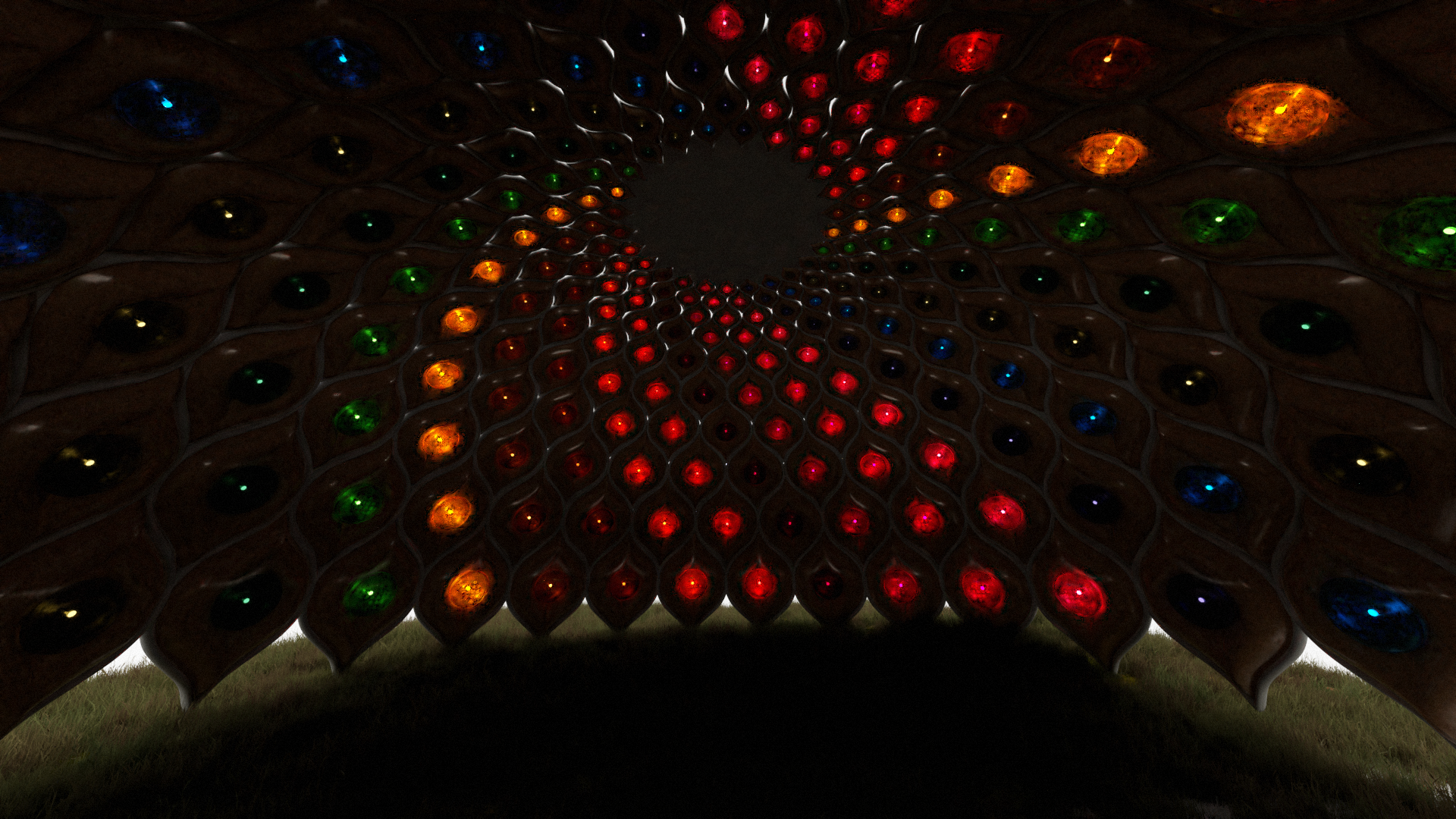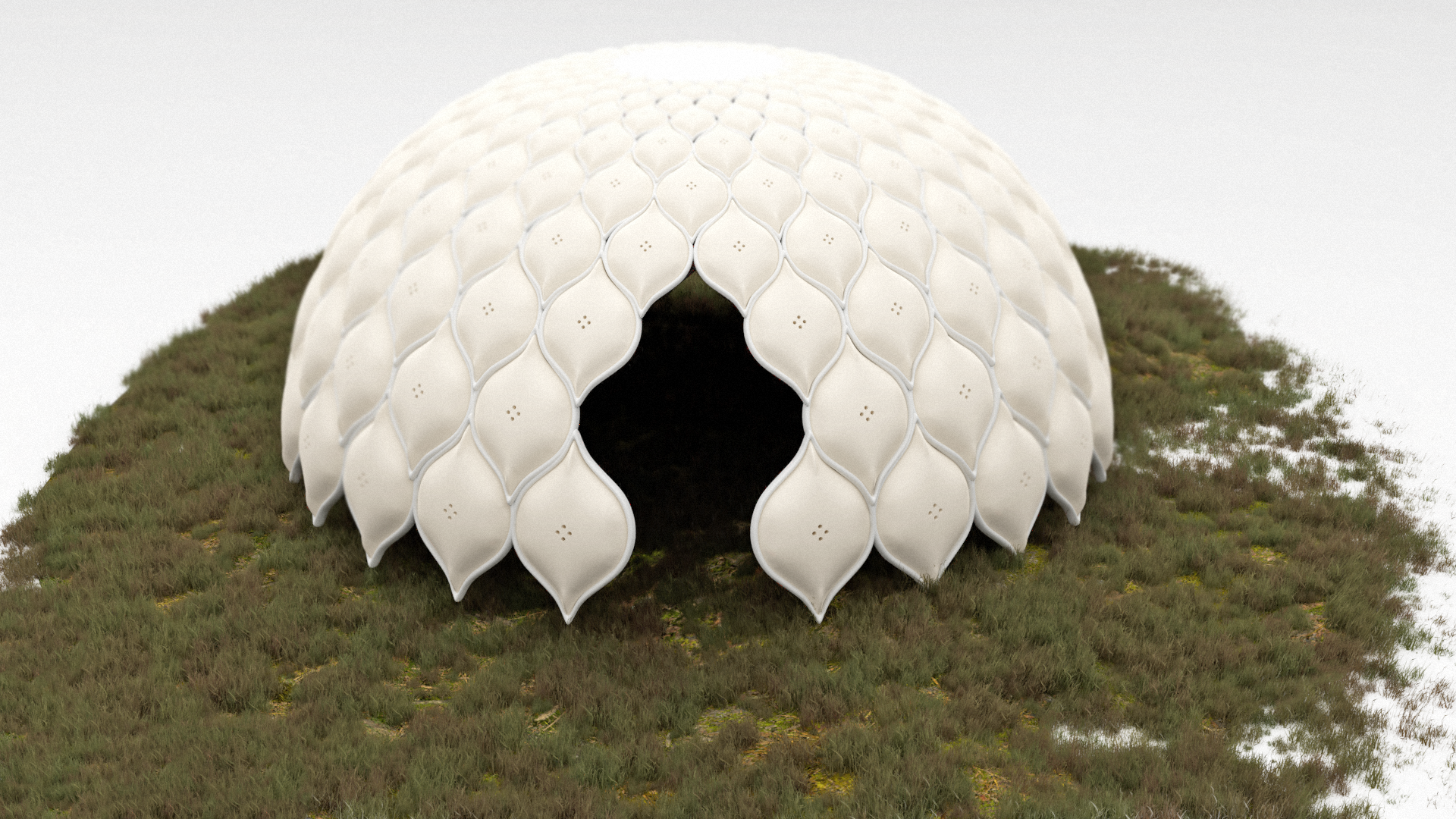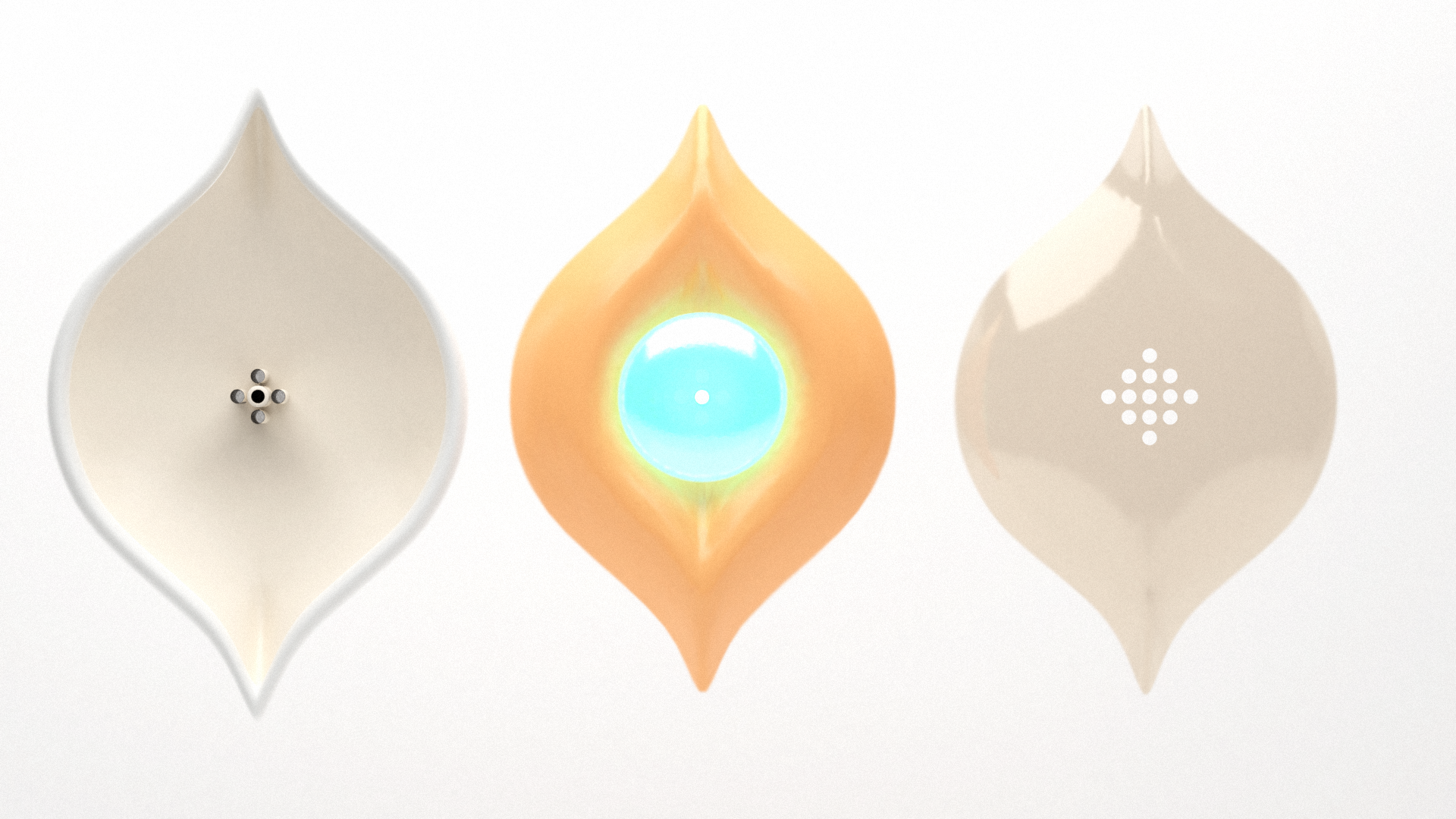
Ouroboros (Carlos Silveira)
A place to experience memories
What if cemeteries could be a place to 'access' people who passed away?
Since the beginning of time, we humans created many different ways to say goodbye to our loved ones, with different cultural models and beliefs. We already buried our loved ones with or within coffins, with fireplaces, coins in our eyes, and all kinds of sociocultural manifestations through the ages.
But if you take a minute to think, have those places changed the way they interact with people?
They are places to remember, to be close to your loved ones who passed away, but they're still places that don't make us experience, and vividly remind those memories from the past.
People can be gone physically, but our minds with the experiences we had, keep them alive in our memories, so why not use a powerful sense, which is intrinsically related to our limbic system which is related to our deepest memory making them even closer to us?

The ouroboros project is represented as a space, a place where people can dedicate their senses and memories to remind loved ones that already passed away. Beyond vision and audition, which can be accessed by an app that is activated when users get closer to the place, the immersive structure that surrounds the visitors inside has a technology that reproduces the smells of those who were gone.

The structure of the environment is surrounded by uncountable chambers which act like emanators of aromas. Those objects are well distributed in a bioinspired structure that can be found in flowers to make the immersive oval form that surrounds users and doesn't let external interferences affect the process inside. Inside them, there's a sphere embedded with genetically engineered freeze-dried cells which can be hydrated by the air condenser structures that connect outside to inside. Then, a simple electronic mechanism connected to the central computer on the top of the structure emits light inside the sphere to activate proteins to expel aromas inside the place with the activation of the genetic circuit embedded, based on the Eau D'Coli project.

Different people have different fragrances, and to reproduce them, the proteins embedded in the sphere gonna be related to the circle of fragrances made by the perfumist Michal Edwards. Each sphere will contain a specific protein, so the mix of aromas gonna happens through the activation of multiple chambers inside the structure that corresponds to the smell which is characterized by the user who knows about who passed away.


To access the content inside the structure, the users have to be closer to one, so they can have dedicated time to remember who already passed, a new kind of ritual. When closer to the structure, users can access memories from different people that are not locked to pay their respects, or can directly access their list of people who are important to them.


Adding the required information to register who passed away, can include everything people want to remember about their loved one, including the history or anything that can be described in any human language. To reproduce the smell, users have to add adjectives and references inside the app to the computer understand and reproduce people's fragrances with the activation of different chambers. But if the computational process goes wrong, people can change manually in the app the parameters to equalize the smell which they know to the one they are smelling inside the environment.













